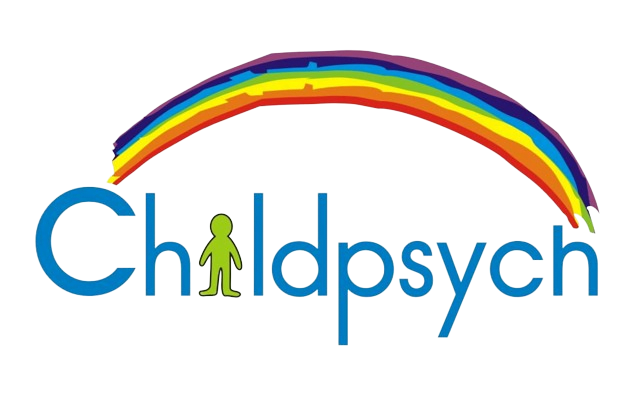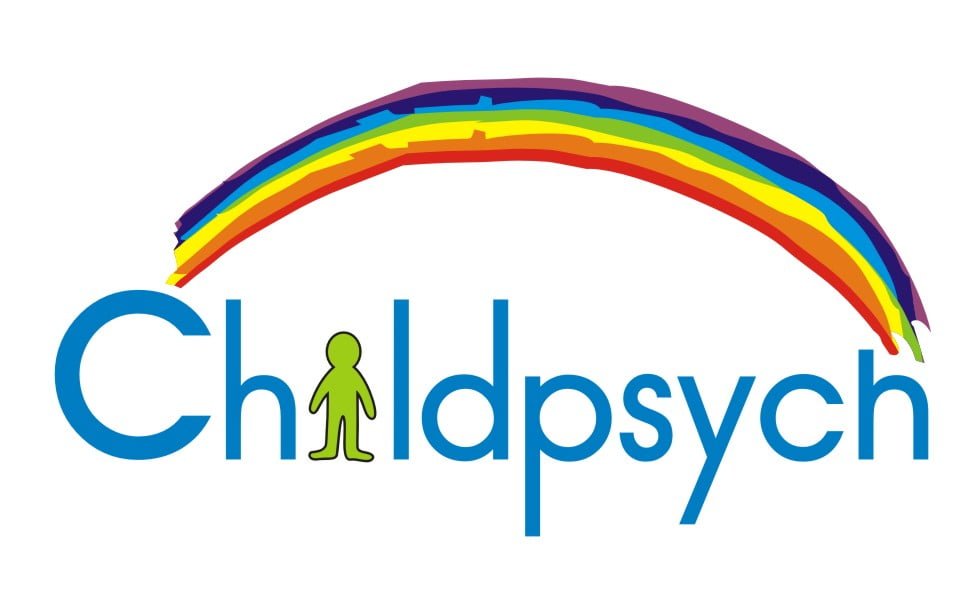The word autism comes from two Greek words: “aut” meaning self and “ism” meaning state. It thus defines a person who is unusually absorbed in himself or herself. The word spectrum indicates that there is a wide variation in autistic behaviour along a continuum ranging from mild to severe.
Autistic spectrum disorders are often referred to as pervasive developmental disorders, meaning that it affects every area of everyday life. Children with autistic spectrum disorders have difficulties in using language to communicate with others, have difficulties in developing relationships with others (for instance a lack of awareness of others and reluctance to either make or maintain eye contact) and do not make use of pretend play or imagination.
Classic autism is present when a child has language difficulties, does not seem to want to socialise and does not play like other children. These children often also suffer from learning difficulties. Classic autism is considered to be at the more severe end of the autistic spectrum.
Language develops normally in children with Asperger’s syndrome, but their speech often shows unusual characteristics. These children may have excellent vocabularies and may be able to convey meaning accurately, but the flow and rhythm of their speech may sound robotic, stilted and unusually formal. They also have significant difficulties with the social aspects of language, which seriously affects their ability to form social relationships with others. Although the symptoms present in Asperger’s syndrome influence almost all aspects of everyday life, it is often considered to be at the milder end of the autistic spectrum.

5 Phrases to Use When Your Teen Talks Back
Ah, the teenage years filled with eye rolls, dramatic sighs,


